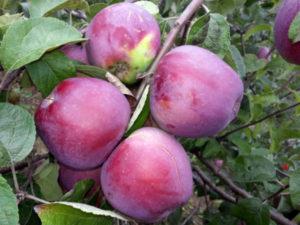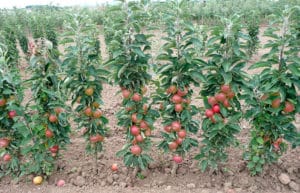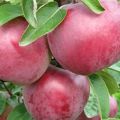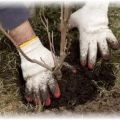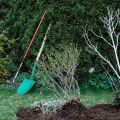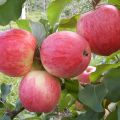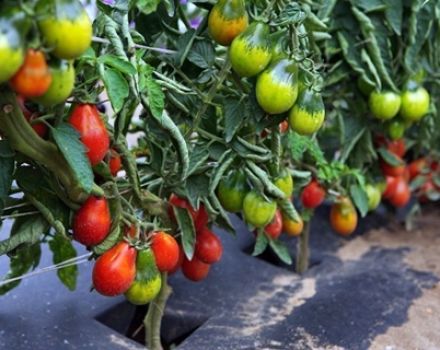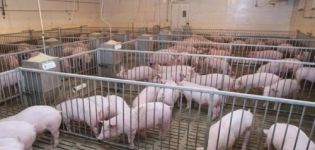Characteristics and description of the apple variety Venyaminovskoye, planting and care
A gardener's dream is fruit crops that do not require special care, bear fruit regularly, and are resistant to diseases and pests. And for areas with frosty and snowy winters, they would tolerate low temperatures well, firmly withstand spring frosts without being damaged. Among such plants, the Venyaminovskaya apple tree can be distinguished, which has many positive qualities with a minimum of negative ones.
Description and additional characteristics of the Venyaminovskoe apple tree
The work on the creation of the hybrid took a long time and ended successfully in 1998, when the variety was included in the State Register of Fruit Crops. The apple tree was obtained by the method of free pollination of the immune form. The collected seeds were carefully sorted, only those that gave excellent fruits were selected. The crop belongs to the winter species that regularly yield high yields of apples.
Tree height
The variety bears fruit on large trees with a rounded crown. Depending on the rootstocks, the height of the apple tree varies from 3.5 meters to 5 meters, less often 7 meters. The gray branches are sparsely located and directed upwards.
They are covered with glossy green leaves, short, with a sharp screw-shaped tip, partially wrinkled surface.
Annual growth
Young shoots appear annually, giving an increase of 50 centimeters. They are curved, arched, and covered with brownish bark.
Yield
Young trees at the beginning of fruiting give 25-30 kilograms of apples. With increasing age, yields increase to 100 kilograms. At 8-11 years old, re-grafted apple trees were famous for their yield of 150 centners per hectare.

Tasting assessment
The fruits of the apple tree are very tasty, dessert. They note:
- conical shape with medium ribbing;
- greenish color followed by yellowing;
- cover blush over the entire surface;
- a large number of subcutaneous points, grayish;
- deep funnel;
- weight 140 grams, less often 200.
Apples with greenish-white juicy pulp. A tasting assessment is given to varietal fruits at the level of 4.5 points.
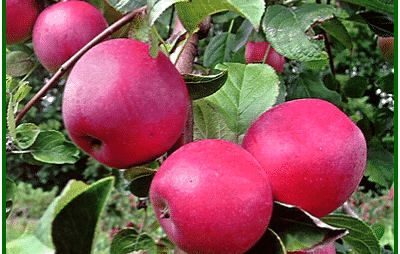
Winter hardiness
The Venyaminovskoe variety is one of the frost-resistant crops. Even at minus 40 degrees, the buds on the branches are slightly damaged.Sometimes freezing of the fruit part of the tree occurs in frosty winters, but the apple tree also recovers quickly, starting to bear fruit after 2-3 years.
Disease resistance
Apple hybrid Venyaminovskoe has a gene for immunity to scab. As a result of the tests, no symptoms of the disease were observed in trees. The culture is moderately resistant to other fungal infections. It all depends on proper care, growing conditions.
Tree life
A recently introduced variety has become popular, since high yields are harvested from it before the tree is old. It begins 30 or 50 years after the start of fruiting. The lifespan of a tree depends on which rootstocks were used to grow the crop.

Pros and cons of the variety
When choosing a Venyaminovskoe apple tree for planting, they are guided by the fact that it:
- absolutely scab resistant;
- does not freeze and quickly recovers after severe winter cold;
- bears fruit with dessert-flavored apples, which are used in baby and diet food.
The disadvantages of the hybrid include the smallness of the fruit, the extended ripening period, from September to October. Also, pollinators are required to set fruit.
Features of planting an apple tree
For a fruit plant, the timing and rules of planting are important. They give impetus to growth and development. It is necessary to prepare the planting site in advance, pick up such rootstocks for the variety so that the tree is large and more fruits are harvested from it.
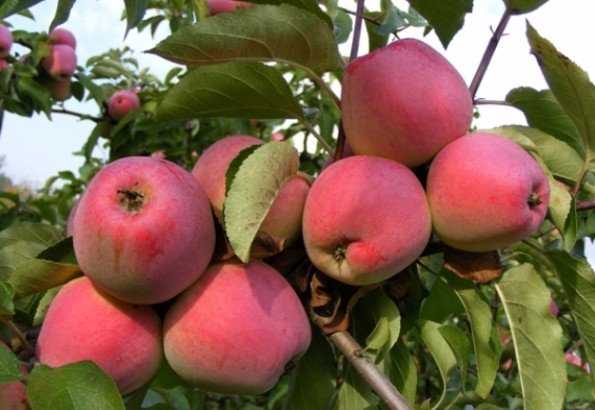
When to plant a tree
The best time to plant an apple tree is in early spring before the buds bloom. Autumn planting is carried out until October 10, where winter begins early, snow falls. If the seedlings were purchased later than this period, then you need to dig them into the grooves up to half a meter deep. Especially carefully cover the roots with earth, compacting the soil.
Preparation of seedlings
For a garden, you need annual trees with a developed root system. You can also choose biennial copies. Before planting, the trees must be buried in moist soil. If they are transported to the dacha, then the roots are lowered into an earthen chatterbox. You can keep it in it for up to 1 day so that the roots do not dry out.
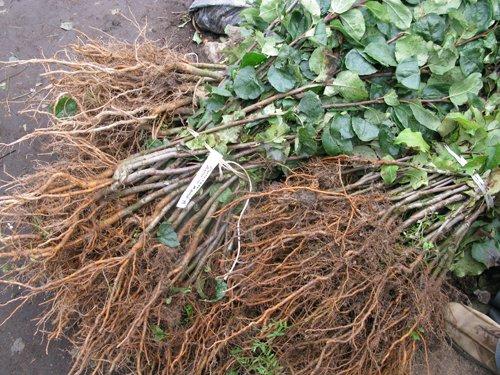
Before planting, an examination of the root system is carried out, removing broken, diseased parts. In biennial crops, the aerial part is trimmed by a third of the length. This applies to lateral branches, the top of the central shoot is shortened so that it remains 20 centimeters higher than the lateral branches.
Site selection and preparation
Apple trees need a lot of sun, but the influence of cold winds is dangerous for them. You should not choose a site in the lowlands for plants, otherwise they will die from the action of cold air.
It is necessary to prepare a place for trees of the Venyaminovskoe variety in advance. For this:
- digging the ground to a depth of 30-40 centimeters;
- 4-6 buckets of manure and mineral fertilizers are applied per square meter of the garden;
- on podzolic soils, add up to 2 kilograms of lime;
- harrow the site and cultivate.
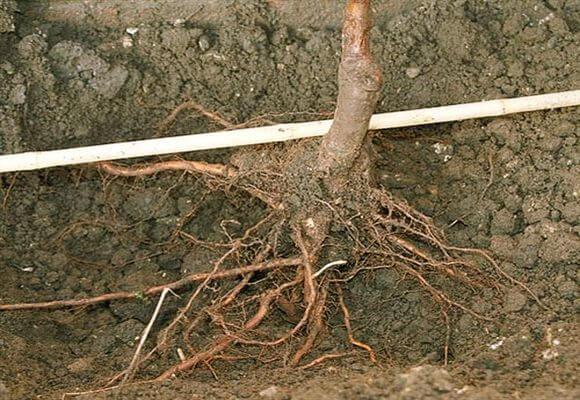
2-3 weeks before planting, they dig holes 50-60 centimeters deep, up to 80-100 wide. If you plan to plant in the spring, then you can dig the planting holes in the fall.
On different rootstocks
If, when planting, the Venyaminskoe variety is used on rootstocks, then you need to know what area to allocate for apple trees. For medium-sized trees, there will be enough distance between plants of 3-4 meters, for vigorous ones - up to 5-6 meters.
Distance between seedlings
Before digging holes, mark out a plot to determine the distance required between seedlings. For large trees, the width of the crown of an adult plant is taken into account, therefore, the gap is made 6 meters. The distance is made less by 2 meters if the culture is grafted onto a medium-sized or dwarf stock.
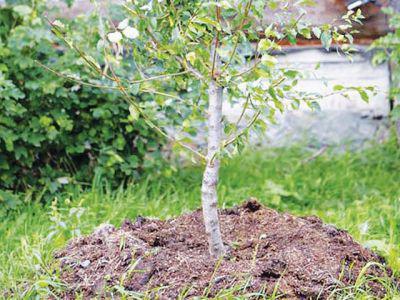
Landing scheme
The sequence of planting the Venyaminovskoe apple tree consists of the following actions:
- Fill the hole 2 thirds with a nutrient mixture of fertile soil, humus and mineral fertilizers.
- Pour a mound in the middle of the pit with a bucket of humus.
- Stick in the peg.
- Place the seedling on a mound nearby.
- Cover the roots of the tree.
- Tamp the soil around the trunk.
- Water the tree trunk circle and mulch it with peat or humus.
All actions are carried out consistently and competently. A roller is made to mark the boundaries of the hole.

How to properly care
Naturally growing trees need careful care, especially at first, when the skeleton of the apple tree is laid. All care measures are aimed at increasing the plant's ability to protect itself from winter frosts and diseases.
Pruning and shaping the crown
The spreading crown of the apple tree requires formation. It is necessary to achieve an improved shape with 4-7 skeletal branches by shortening and thinning branches. In order for the tree to branch, one-year-old shoots are shortened by a quarter of the length of the annual growth. With strong branching of the apple tree, the procedure is not needed.
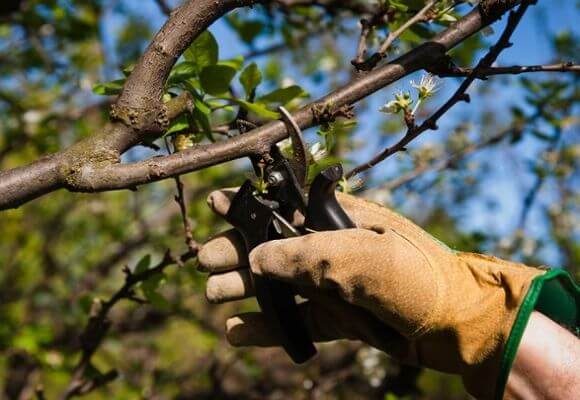
When the tree has acquired a spreading crown of a rounded shape with the correct arrangement of branches, then the pruning is reduced. Partially, they only thin out the branches, removing diseased specimens, as well as hanging, defective ones. The main work is carried out in autumn and spring.
Pollinating varieties
Since the Venyaminovskoe variety is self-fertile, apple trees are planted nearby for pollination. The best for the hybrid will be such crops as Vyaznikovskaya, Arkad summer, Sharopai.
Top dressing and watering
Before the beginning of fruiting, plants are fertilized on poor soils. Among the main dressings for planting apple trees, they choose manure, which is enough for 1 square meter 2-3 kilograms, superphosphate - 50 grams, ammonium nitrate and potassium salt - 15 grams each. You need to feed trees in the fall for digging. And in the spring, nitrogen fertilizers are needed. It is better to apply top dressing in the grooves located at a distance of 75 centimeters from each other and 1.5 meters from the trunk of the apple tree. Potassium and phosphorus are necessary for the culture after flowering, then in July.
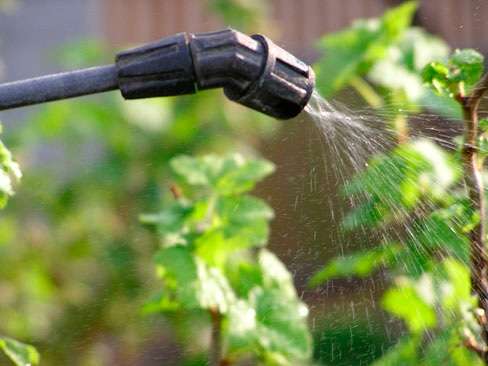
Apple trees are irrigated up to 4-5 times per summer. Pour up to 60-100 liters of water under one tree.
Loosening the soil
It is important to constantly loosen the soil in the garden. A garden pitchfork is used for the procedure. It is optimal to carry out loosening and digging 4-5 times per season.
Installation of trapping belts
To protect the apple tree from pests, special belts are prepared to stop the spread of parasites. Belts can be made from a strip of cardboard, burlap, plastic wrap. Attach a strip in the form of a skirt to the tree trunk, tied tightly with twine on top. The larvae trying to climb from the ground along the trunk of the apple tree fall into a trap. You can moisten the belt with an insecticidal preparation, then the insects and their larvae will die.

Diseases and pests
The apple variety carries the Vf gene, which protects against scab. But other diseases damage trees if not properly maintained. It can be powdery mildew, cytosporosis. You can determine the disease by the spots on the leaves, the stop of the plant in development. Fight the infection with fungicides by spraying the plants three times. Of the pests, aphids carried by ants are dangerous. Trapping belts will save you from insect attacks.
Growing in regions
Climatic conditions are favorable for growing the Venyaminovskoye apple tree in the Central, North Caucasian region, and the Moscow region. But it is advised to plant a tree in areas with a cold climate, covering it for the winter.
Harvesting and storage
Fruiting of the tree begins from the 4th-5th year of life. The fruits reach technical ripeness in September. Apples are harvested throughout the month, capturing early October in warm regions. But fruits are eaten from the end of October to February. They are stored at a temperature of plus 2-3 degrees in cellars and basements with an air humidity of 70-80%. Juices, compotes are prepared from apples.
